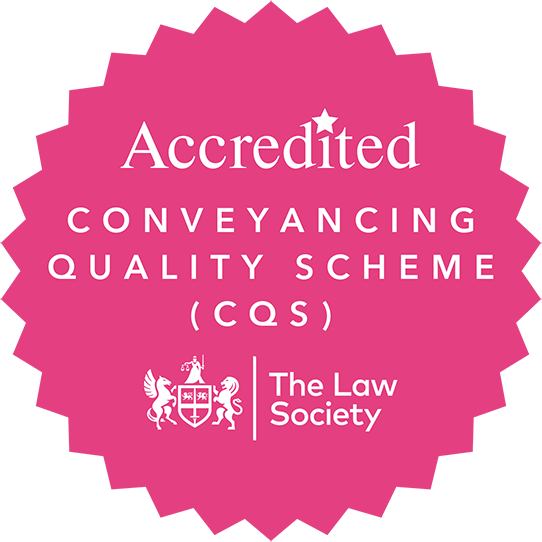Starting and ending an employment relationship
Starting an employment relationship
A contract of employment is legally binding and can be verbal when agreed through conversations or in writing through a job offer letter or via email. Parts of an employment contract can also be agreed through conduct, where the person’s actions show there is an agreement, even if it hasn’t yet been spoken about or written down.
By law anyone classed as an employee as the right to a written statement of employment particulars. This includes the main terms of someone’s employment, such as pay and working hours.
Those classed as workers do not have a right to a written statement if they started their job before 6 April 2020.
The employment contract begins when the employee starts work, even if the employer has yet to give the employee a written statement or put other parts of the contract in writing.
It is important to get the start of an employment relationship right for it to be successful and to avoid any misunderstanding. It is advisable to seek legal advice before you begin the process of recruitment to avoid any misunderstandings and to prepare you for making the best hire for your business.
Ending an employment relationship
Redundancy
An employer should only make redundancies to a role/roles that are no longer needed for example if the business is closing or has already closed, if the number or roles needed changes or if the location changes.
If the employer has concerns about the employees conduct or performance, then they should follow their disciplinary or capability policies.
If an employer is making more than 20 employees redundant then they should look at the additional requirements of a Collective Consultation process.
Before starting the redundancy process the employer should consider other options such as offering voluntary redundancy, changes to working hours, moving employees into other roles, letting go temporary or contract workers, limiting overtime and freezing recruitment.
There is much that an employer can get wrong with making employees redundant and it is advisable to take legal advice to consider whether it is the best option.
Dismissal
When an employment relationship ends in dismissal, the employer must believe they have a valid reason for making that decision. They should also follow a full and fair procedure which should be in line with the ACAS code of practice and follow company procedures. The employer should make a decision which is balanced, consistent and fair.
Firstly, the employer should tell the employee why they have been dismissed, when their employment contract ends, what their notice period is and their right to appeal the decision. This should be put in writing for pregnant employees or those on maternity leave, but it is good practice to do this for all employees.
Employees do have the right to ask their employer for a written statement which gives the reasons for their dismissal if they have employee status and have been employed for two years, this must be done within 14 days of them asking.
An employee can appeal against a dismissal. If the employer does not follow a fair and reasonable procedure then the employee could make a claim against them for unfair dismissal, even if the dismissal reason was ultimately found to be valid.
Employers should also respect the confidentiality of the person who has been dismissed when they tell colleagues or clients and the outcome of any disciplinary procedure against the employee must remain confidential.
It is sometimes useful to use a Settlement Agreement which is where the employer and employee agree to end the employment under written terms and with the benefit of independent legal advice.
If you are dismissing an employee, then it is recommended you take legal advice to ensure you get the process right and minimise the risk to the business from a potential unfair dismissal claim.
For further information contact Amanda Finn a.finn@gullands.com or Jonathan Haines j.haines@gullands.com

 Close Menu
Close Menu




















